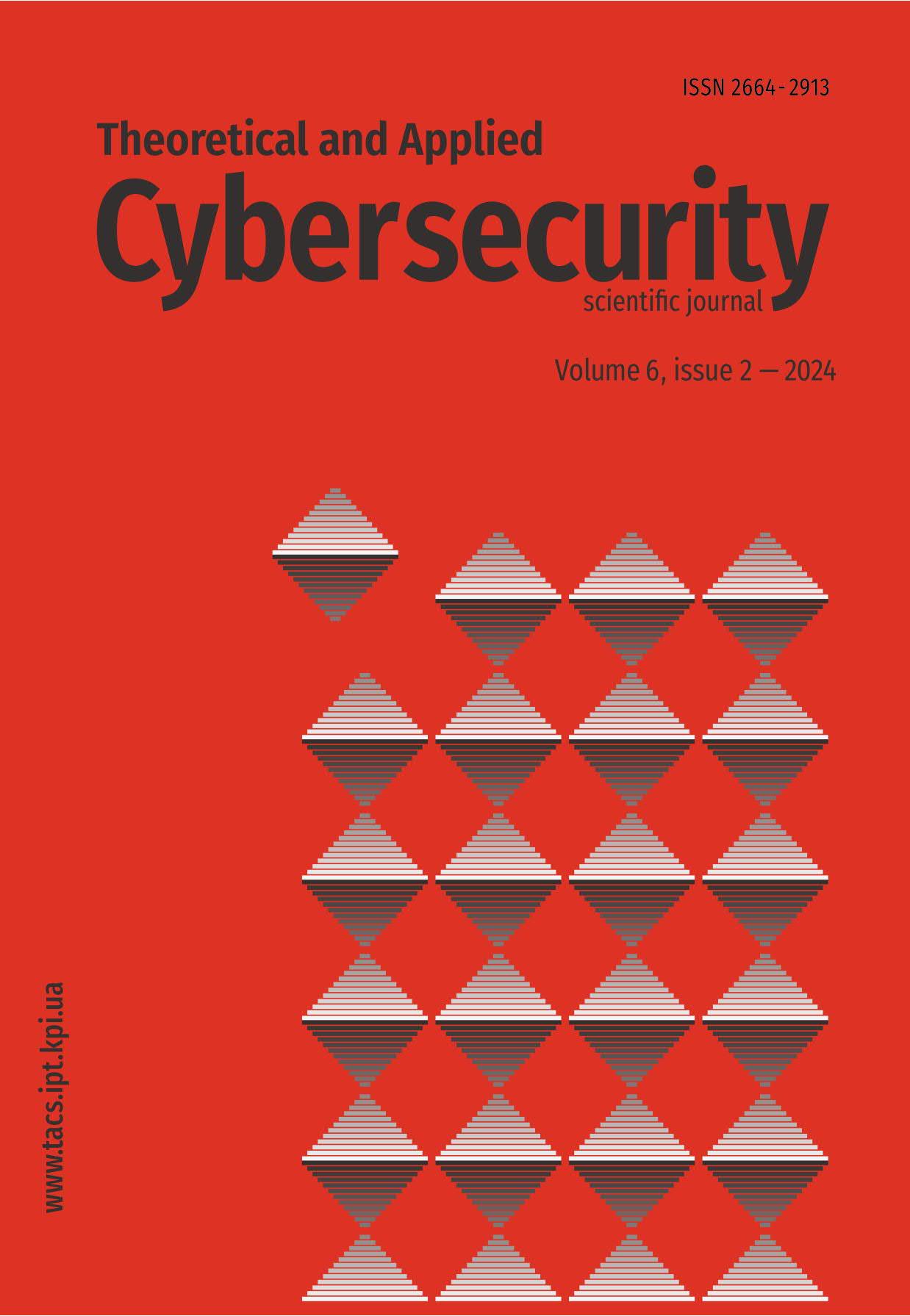Comparison analysis between strict ontologies and fuzzy ontologies
DOI:
https://doi.org/10.20535/tacs.2664-29132024.2.317249Abstract
Ontological modeling has been important in the field of cybersecurity, but with the growing use of artificial intelligence in various processes related to cybersecurity, it has become an increasingly relevant area for research every new year. Ontologies can serve as a primary source of knowledge for artificial intelligence models and as a "sequence of actions" in different processes. Typically, strict ontologies were used due to their formalized structure, but they did not fully capture processes that involve fuzzy contexts of actions or results. The aim of this article is to present and analyze different ontologies, both strict and fuzzy, that are used or could be used in the field of cybersecurity and related processes, demonstrating their similarities, differences, and areas of application.
Downloads
Published
Issue
Section
License
Authors who publish with this journal agree to the following terms:
Authors retain copyright and grant the journal right of first publication with the work simultaneously licensed under a Creative Commons Attribution License that allows others to share the work with an acknowledgement of the work's authorship and initial publication in this journal.
Authors are able to enter into separate, additional contractual arrangements for the non-exclusive distribution of the journal's published version of the work (e.g., post it to an institutional repository or publish it in a book), with an acknowledgement of its initial publication in this journal.
- Authors are permitted and encouraged to post their work online (e.g., in institutional repositories or on their website) prior to and during the submission process, as it can lead to productive exchanges, as well as earlier and greater citation of published work (See The Effect of Open Access).

